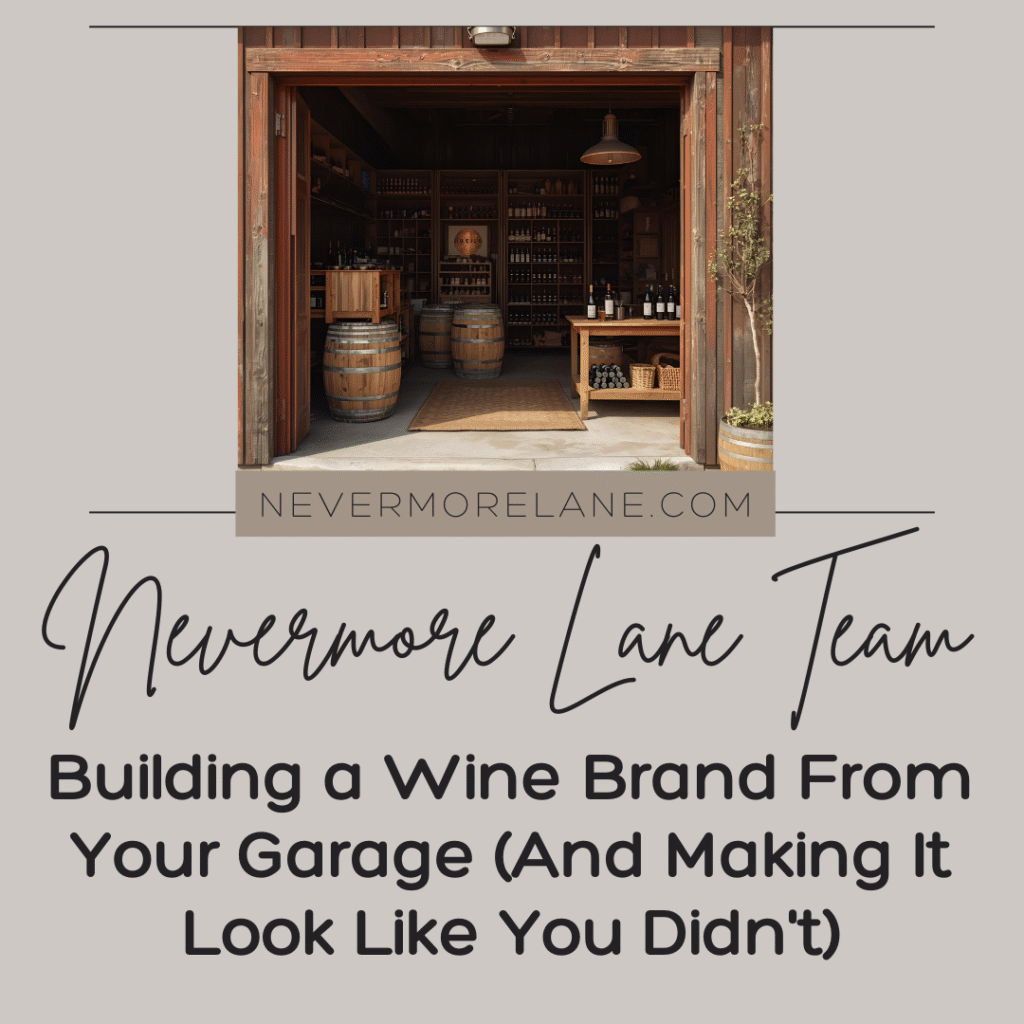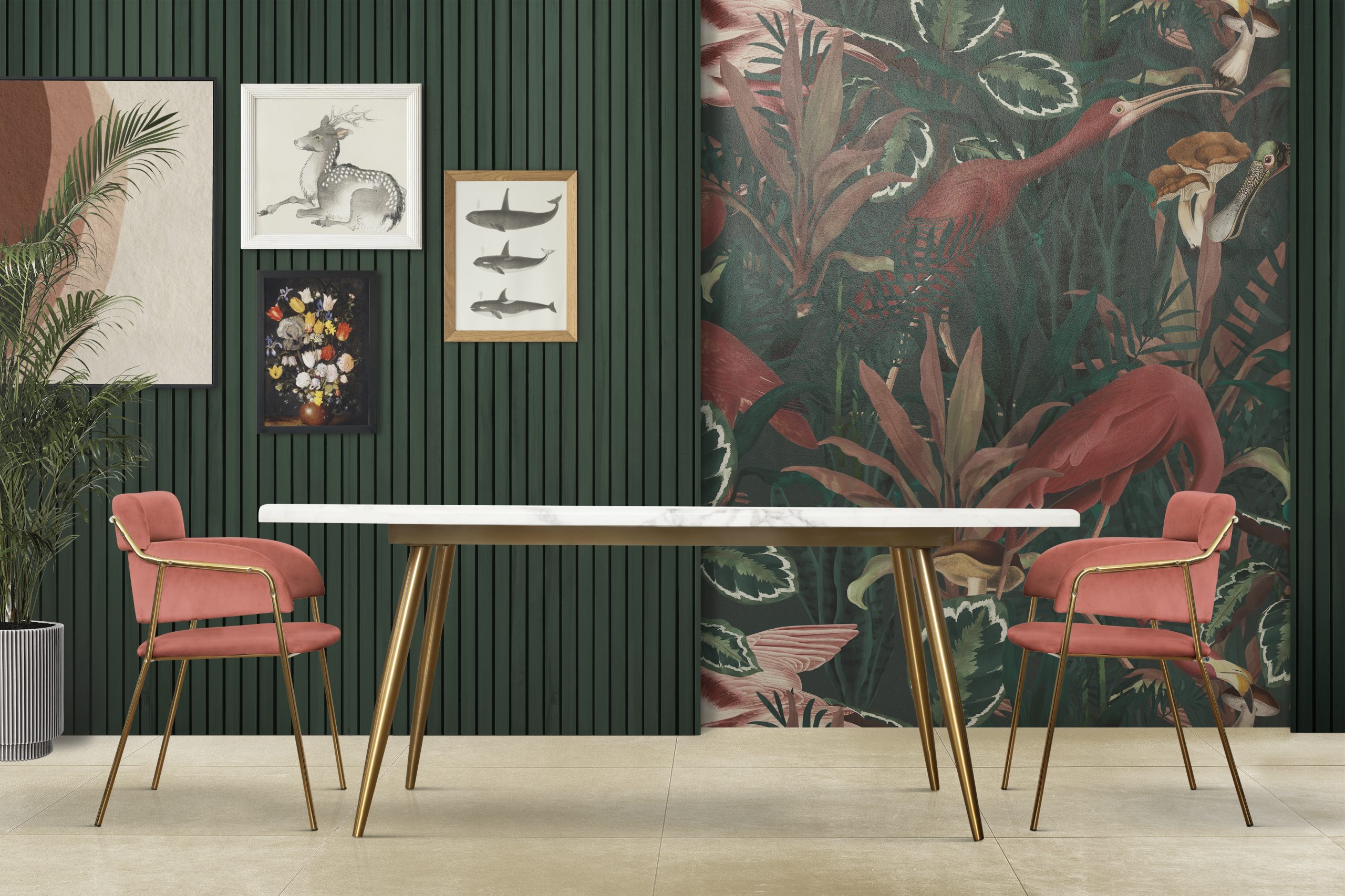Building a Wine Brand from Your Garage (And Making It Look Like You Didn’t)
When starting a wine brand from home, limited space, equipment, time, and budget aren’t the biggest stressors. Sure, you have fermenters taking up half your garage. You’re on a schedule to get punching down and racking done all while balancing your 9-5. You’re constantly asking yourself, is this wine going to get any better? But what most home winemakers fail to realize is that even after all that, once their product has become decent enough to sell, they still need to convince people it’s worthy of purchase.
It’s even more complicated when making products from home on a restricted budget. Thus, if a wine can be stellar, but if it looks like something made at home, that’s exactly how it’s going to be sold. Immediately, right or wrong, people judge a book by its cover. A product with a homemade label will get sent to the back of the shelf while something that looks like an established brand may never see that fate, even if what’s in each of those bottles are the same.
No one tells you about the label issue.
Home winemakers use all their efforts and money getting the wine as good as possible. This makes sense and is worthy. But then at bottling time, they need to put a label on it and scramble to see how to make it look legitimate enough without breaking the bank.
It’s the difference between quality product fermented in a garage and this is a real business. The line of separation is drawn at seemingly innocuous places, what label will be put on it? Printed labels sourced from Office Max or hand-drawn tags are fine for neighborly gifting. But if the goal is farmers market sales, placement in local wine shops, or something that could blossom into an actual success, it’s not enough.
Where Packaging Can Get Expensive
Professional packaging includes bottles, corks (or screw tops), capsules (if that’s the route taken), and labels. For a small batch maker, this can feel exorbitant per unit. But cutting corners at any step, or not using any of them, creates failure down the road. An impressive bottle with an awful, cheap label sends just as big of a message as a gorgeous label on a scratched-up bottle.
This is where content isn’t seen. A label implies where a bottle came from, customers think they need to care. But all they need to see are visual signifiers of professionalism and quality care.
Even better? Labels do a lot of the work in creating credibility for small operations that otherwise wouldn’t have credibility. If you haven’t made enough wine or taken enough care to afford wine labels, you’re doing something wrong; a custom wine label can make it seem like you’ve been in the industry forever.
It’s not about being flashy. It’s about looking intentional. Thus, clean typography with careful mapping out of information starts making the difference between professionals and hobbyists.
Where It’s Difficult to Make It Look Professional
What home operations often fail to understand is that they’re not designers. They know wine but they do not know the quality byproduct of visual branding.
Thus, they either try to DIY something via whatever software they have access to or pay someone through Fiverr or another similar interface who knows nothing about wine and what’s industry standard, or something too watered down to care about giving industry-proven results.
Both have their merits; both come with risks.
Generic design templates can feel too generic, a luxury a small brand cannot afford. Custom designed ones cost cash up front but usually pay for themselves, if they’re done correctly.
The sweet spot usually finds itself in identifying the person who understands design fundamentals but also the packaged visual language with which the wine industry operates. Not everyone who can make something pretty knows how to make something sellable.
How to Make It A Good Finished Product
Once there’s a design, there are further considerations, in regards to materials, that put home operations in the position to make seemingly careless mistakes down the line that matter most.
Paper quality makes it feel either premium or budgeted. If labels are thin, make it feel like printing on paper one receives at work for free, it’s over before it starts, immediately communicating to potential customers that this was too hard of work or someone doesn’t care enough about their craft.
Thicker stock creates texture and aesthetics that appeal more favorably, even if the monetary difference is minimal.
Finish matters too, matte, gloss, textured, and comes down to subjective choices based on how “crafty” or “professional” one wants it to look like. Matte often comes across more sophisticated; gloss looks punchy but less professional; textured finishes have tactile elements that make it memorable.
Durability? Labels smudge or peel easy; names that soak up water, that’s bad news for anyone fortunate enough to bottle their wines at home. Wine goes into bags, sits cool in restaurants where condensation sticks to every side of the box; a label that refuses to stay glued or sunk into champagne no matter how much it isn’t being touched makes everything look sloppy, even if the wine inside is perfect.
Create Legitimacy That Matches Your Quality
Building professional wine brands from garages succeeds through strategic investments in elements consumers actually see. Premium label design signals quality immediately. Professional photography creates aspirational brand imagery. Compelling origin stories emphasize craft and passion without dwelling on production location. Well-designed websites with e-commerce capability compete with established wineries. These visible elements matter more than production facility grandeur that consumers never witness.
The business infrastructure requires equal attention to customer-facing elements. Proper licensing and bonding establish legal legitimacy. Liability insurance protects against risks. Professional accounting manages compliance and finances. Distribution partnerships or strategic direct-to-consumer models create sustainable sales channels. These foundations support growth beyond garage capacity when quality and demand justify expansion.
Many respected wine brands began exactly where you are now, in spaces that would embarrass them if publicized but served perfectly as launching points. The garage origins become charming backstory once success arrives rather than liability preventing it. Focus energy on creating exceptional wine and professional brand presentation. The production location matters far less than the quality pouring from bottles and the story compelling people to buy them. Sometimes the most successful brands emerge from the most unlikely places, proving that origin matters less than execution.






